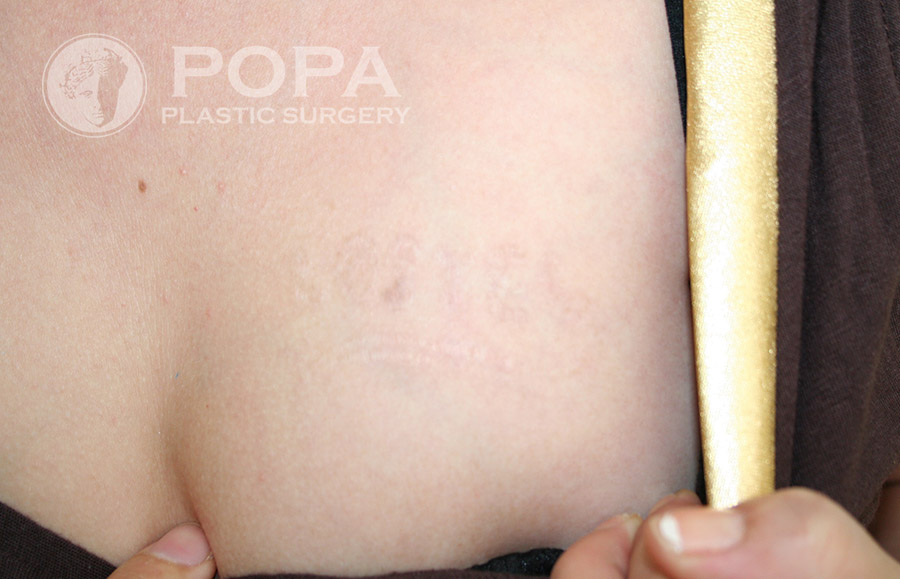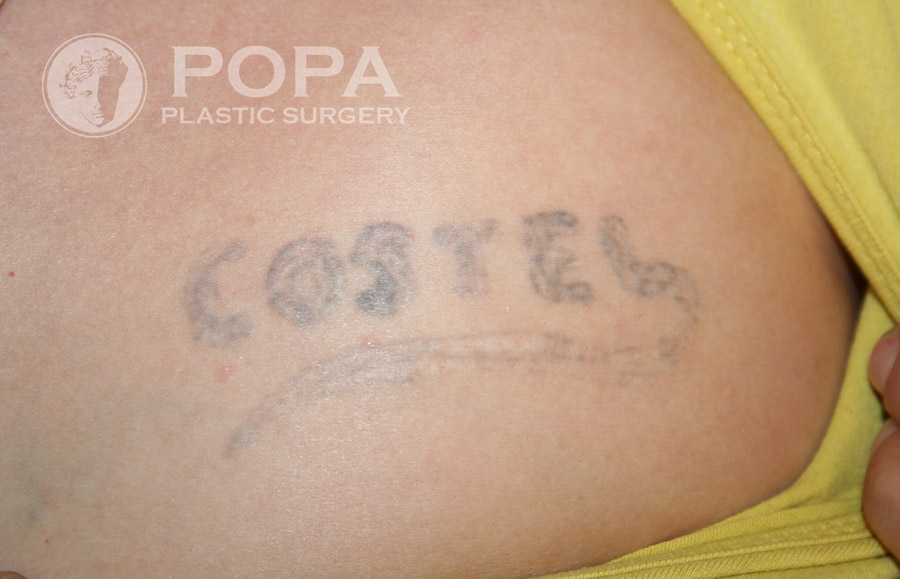AESTHETIC BODY
TUMMY TUCK – ABDOMINOPLASTY
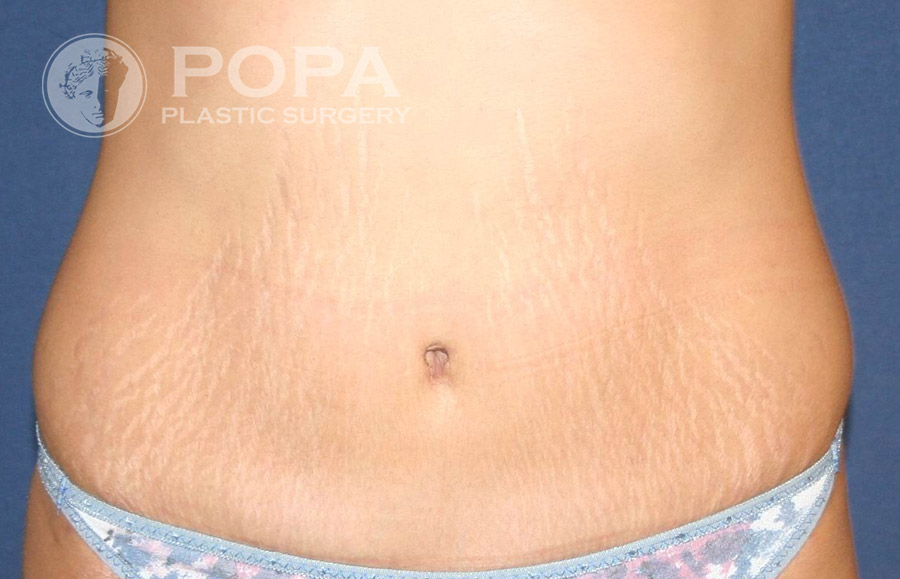

Abdominoplasty
Men and women who have experienced dramatic weight loss, either through diet and exercise, or as a result of bariatric surgery, often have excess amounts of skin around the abdomen. Women cal also experience this condition as a result of pregnancy, making the abdomen soft and flabby. An abdominoplasty, or tummy tuck, can remove excess folds of skin and tighten your abdominal muscles to create a lean, flat and more well-defined stomach. It can also diminish unsightly stretch marks. Because diet and exercise cannot remove excess skin, abdominoplasty is the perfect solution to tone and refine the abdomen. The effects of a tummy tuck can be long lasting, provided you exercise regularly,have a sensible diet, and maintain a suitable weight level.
Discover the amazing benefits of a tummy tuck!
How is abdominoplasty performed?
During the procedure, an incision is made at the bikini line from hip to hip, after which your doctor will remove any excess skin between the pubic area and the belly button. To tighten the contour of the abdomen, your doctor takes the skin on the upper part of the abdomen and stretches it downward. The belly button is then repositioned to its normal position. If the abdominal muscles are loose, the surgeon can also tighten these muscles during the procedure by uniting the muscle and tissue and stitching them together. Lastly, the incisions are carefully stitched closed and a dressing is applied. The type of anesthesia administered will be determined by your doctor.
If your abdominal fullness and loose skin are confined to the area below the belly button, you may be a candidate for a mini abdominoplasty, which has a shorter incision and limits the tightening to the lower abdomen. If the fullness and skin laxity involve your entire abdomen, then a full abdominoplasty is most likely needed to help you achieve your desired results. A consultation with you and your doctor will determine which method is right for you.
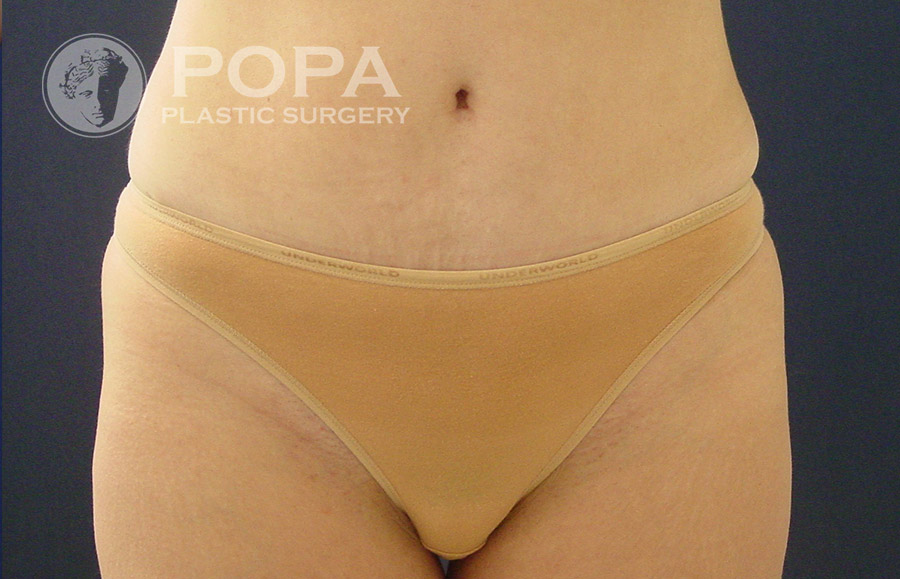
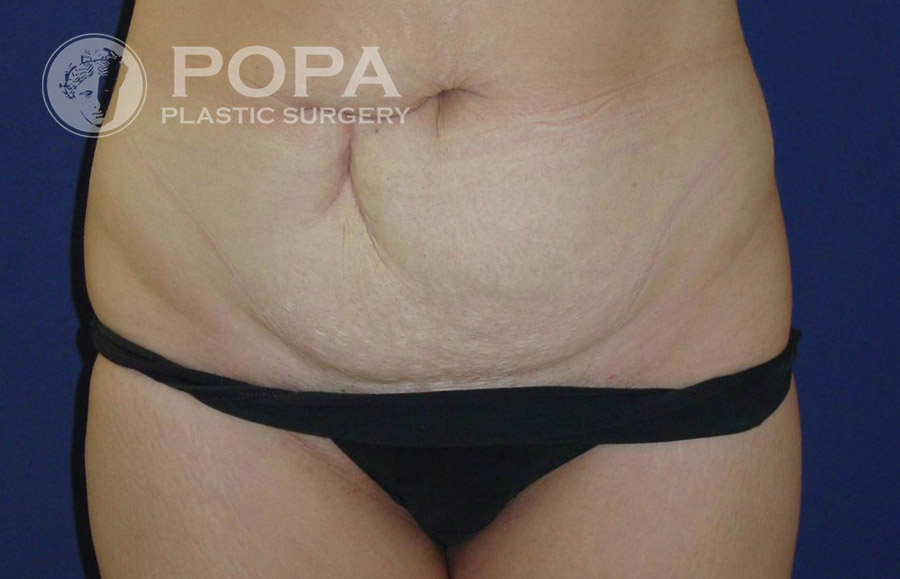
Who is the best candidate for abdominoplasty?
Good candidates include men and women who are in relatively good shape but have a large fat deposit in the abdominal wall or have loose abdominal skin. Abdominoplasty works best for people whose weight is fairly normal and stable. If you intend to lose more weight, you should consider postponing your tummy tuck until you’ve reached your target weight. A tummy tuck is not a weight-loss technique.
Are there risks of having abdominoplasty?
Thousands of men and women undergo tummy tuck surgery successfully every year and are very satisfied with the outcome. However, any surgical procedure comes with inherent risk, such as the effects of anesthesia, infection, bleeding, blood clots, swelling and discomfort. These and other complications rarely occur and can usually be avoided. Your doctor will discuss the risks with you thoroughly during your consultation and you should carefully follow your doctor’s pre-operative & post-operative instructions.
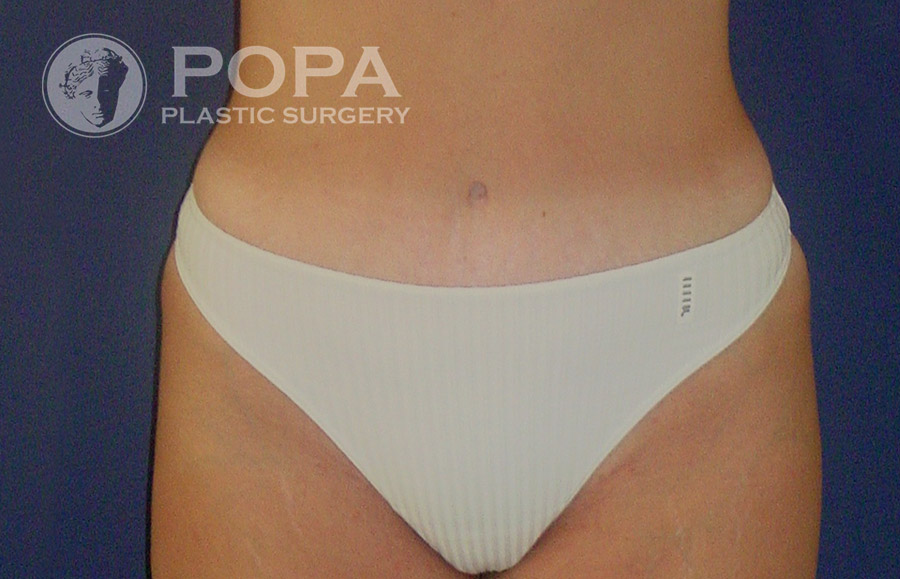
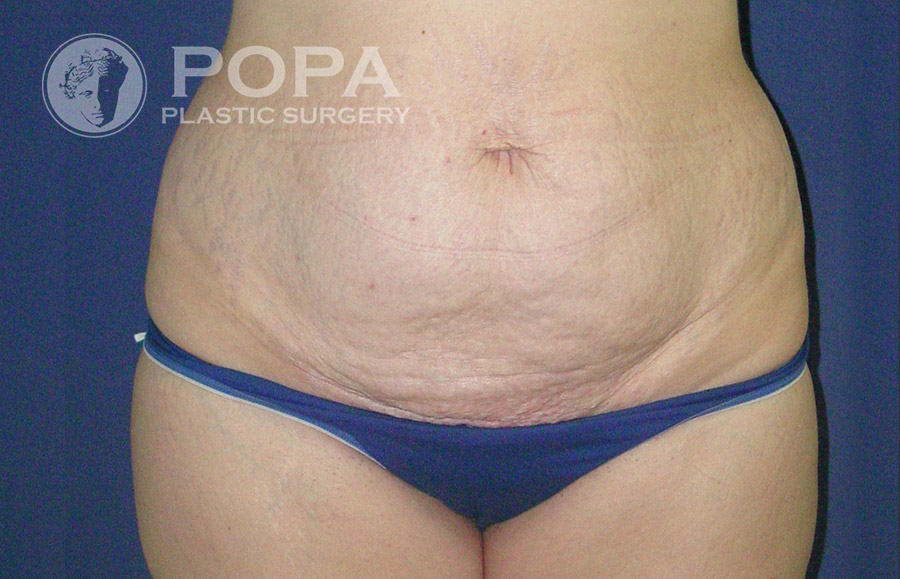
How long is the recovery period?
The length of time it takes to recuperate after a tummy tuck may vary depending on your individual health. After the procedure, a compression garment or girdle may be worn for 4-6 weeks. Heavy lifting or any other vigorous activity which would strain the abdominal muscles may be restricted initially. A light exercise program will help you heal better and can help avoid medical complications such as excess swelling and blood clotting. As with any scar, it takes about a year for it to mature and form an inconspicuous and pale line.
LIPOSUCTION
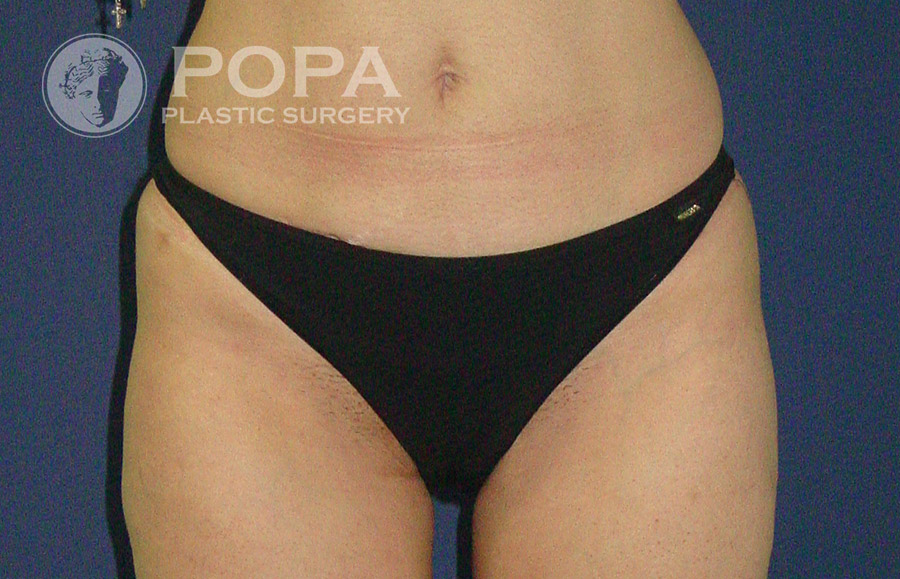
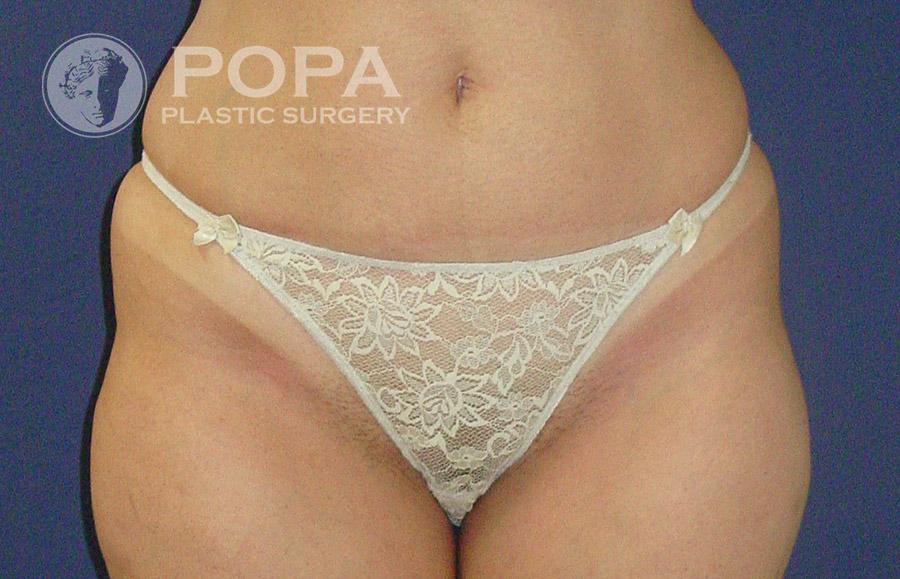
Shape Your Body
If you have areas of excess fat deposits that won’t dissipate as a result of diet and exercise, liposuction provides an excellent opportunity to improve the contour of your body. As the most popular cosmetic surgery procedures, liposuction can actually reduce and reshape the size of a particular area. Liposuction works because it not only removes unwanted fat, it also removes the cells that store fat. If you maintain your current weight and level of exercise, there is no reason to expect that you will regain fat I these troublesome areas. Some of the most frequent areas treated by liposuction for both men and women are the cheeks, chin, neck, back of the arms, pectoral areas, abdomen, “love handles”, hips, thighs, inner knee, calves, ankles and buttocks. Liposuction is not a weight reduction treatment, but a method of reshaping and contouring areas of the body that are disproportionate. Because liposuction produces such immediate and visible results, the procedure has gained popularity among both men and women.
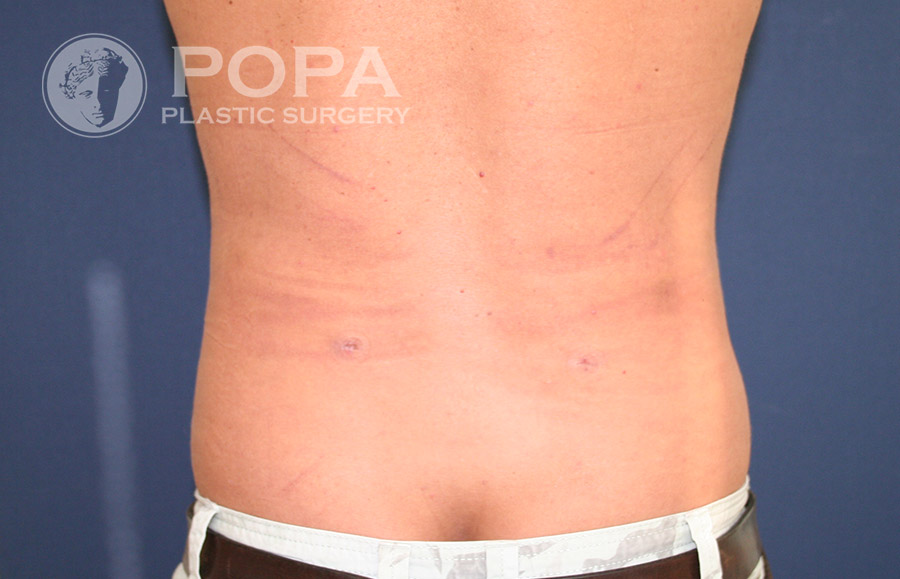
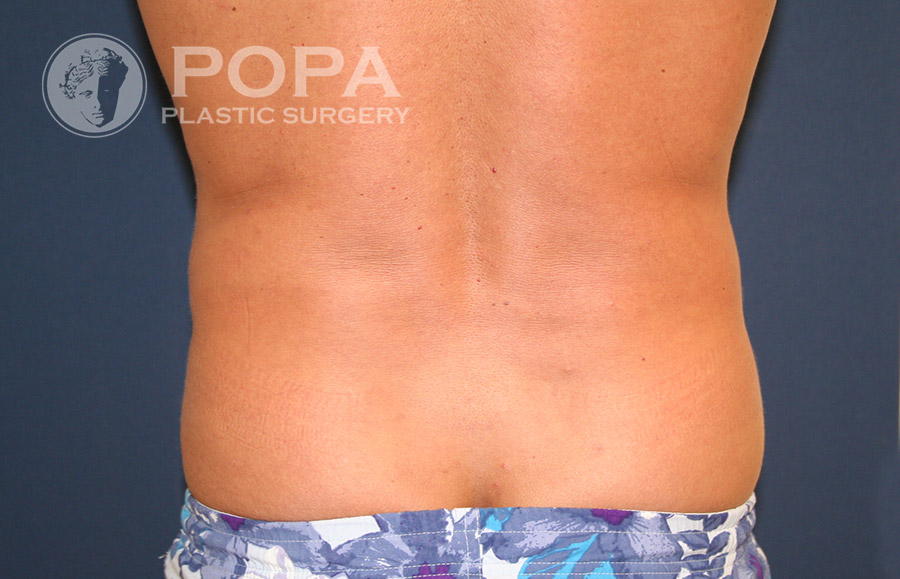
Is Liposuction Right For Me?
A good candidate for liposuction is a man or woman over the age of 18 who has a normal, healthy weight but would like to get rid of localized areas of fat. It is also important to have realistic expectations about what the procedure can do for you. When deciding whether or not liposuction is the best choice for you, make sure you have all the facts so you can make an educated and informed decision. Schedule a liposuction consultation and we’ll help you find the perfect solution for you.
Is Liposuction safe?
Liposuction is a safe procedure as long as patients carefully select the operating facility. The facility must be clean, properly equipped, and the doctor must be adequately trained. All surgery does carry some degree of risk. Your doctor will go over all the possible risks and complications with you during your consultation.
How long will my recovery take?
After liposuction, a compression garment or a girdle may be worn for 3-4 weeks to minimize swelling and to help your skin tighten around your new, slimmer figure. Healing is gradual, and you will begin to see a noticeable difference in your body shortly after surgery. How quickly you are able to resume normal activities will depend on the amount of liposuction that is performed, your individual body type, and your current health.
Are the results of Liposuction permanent?
Once the fat is removed, it should not come back. However, liposuction will not prevent you from gaining weight due to an unhealthy lifestyle. Make sure you eat healthy and exercise regularly to help avoid gaining unwanted fat
How is Liposuction Performed?
Liposuction is a safe procedure with a low complication rate. Liposuction can be performed with traditional, tumescent, or ultrasonic (UAL) techniques. The procedure involves making small incisions to insert a hollow tube, called a cannula. Fluid may be added to reduce bleeding and discomfort. Excess fat is then removed through the tube using a back and forth motion into a suction cup. Post-operative recovery is relatively quick, but bruising and swelling can remain for 2-4 weeks. If, following surgery, you maintain a healthy lifestyle (including a sensible diet), perform moderate exercise, and are able to maintain your weight, long-term results are more likely.
Traditional – Traditional liposuction is used for sculpting smaller amounts of fat tissue. In traditional liposuction, fat is removed using a blunt tube with one or more holes near the end. High vacuum is applied to the tube, drawing out the fat.
Tumescent – Tumescent liposuction refers to the performance of liposuction using large volumes of a dilute solution of lidocaine, a local anesthetic, in combination with adrenaline, which temporarily shrinks capillaries. This is comfortably performed with various sedation methods. Tumescent liposuction is ideal for most areas of concern.
UAL – Ultrasonic liposuction, or Ultrasound Assisted Lipoplasty, is a technique of liposuction where the fatty tissue is removed with the assistance of sound waves that liquefies the fat before it is removed. The ultrasonic energy is targeted to fat cells and creates less damage to other tissues such as nerves, blood vessels and muscles.
Upper arm lift / upper arm reduction
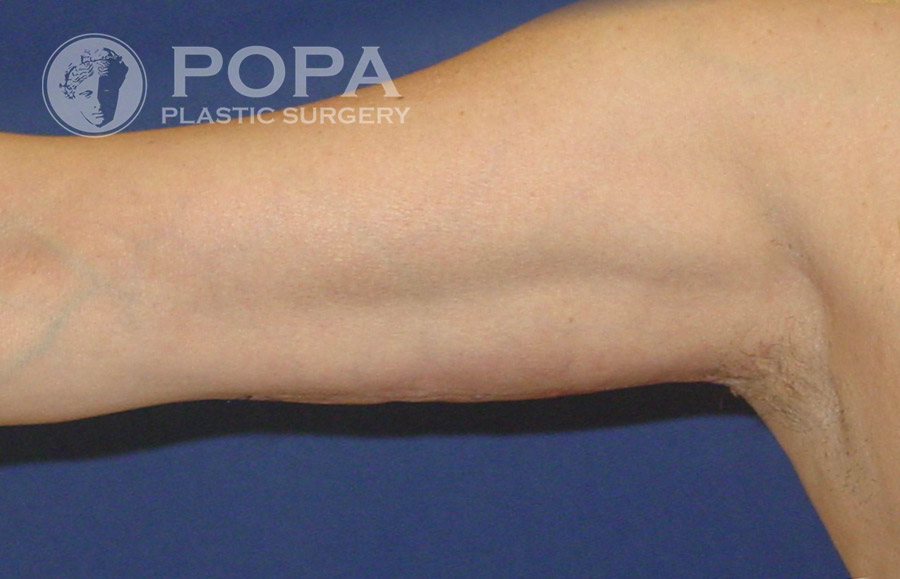
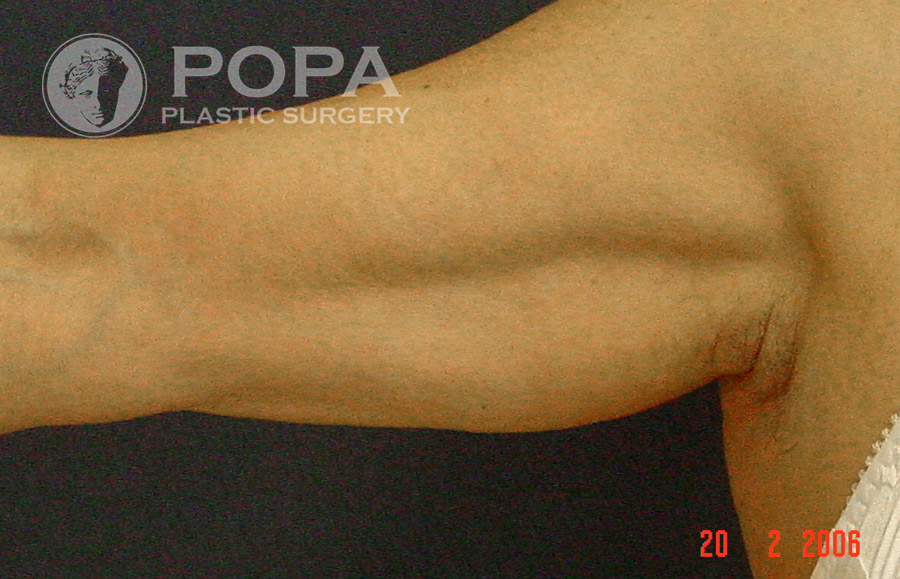
SPIDER AND VARICOSE VEIN REMOVAL
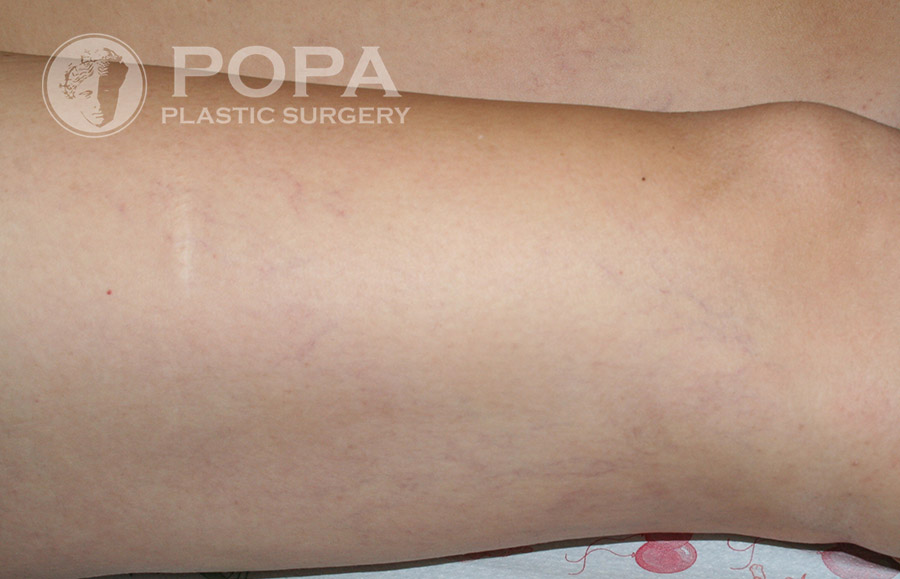
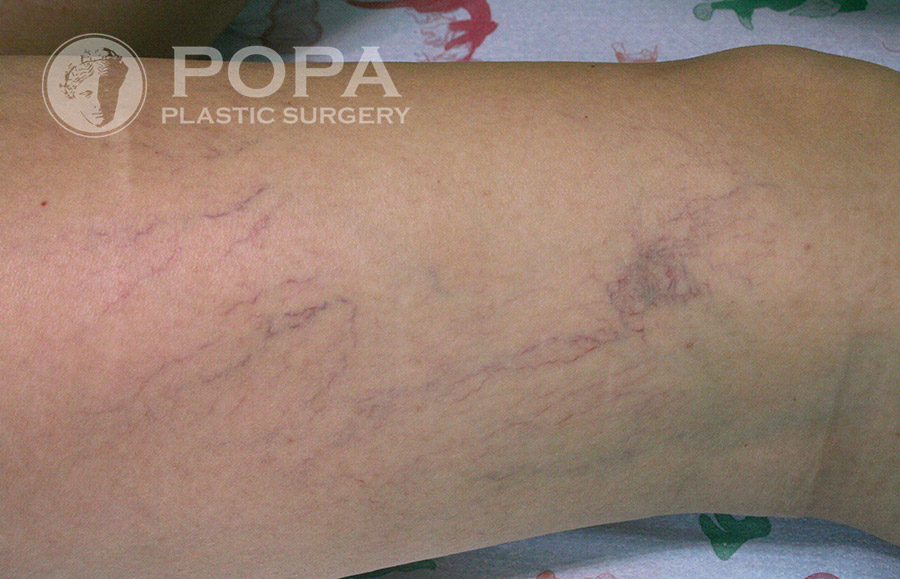
Millions of people are bothered by spider veins and varicose veins. They are small, unsightly clusters of red, blue or purple veins that most commonly appear on the face, thighs, calves and ankles. Caused by abnormal blood flow and weakening blood vessels, these veins can materialize as a result of prolonged standing, heredity, pregnancy, hormones, blood clots, weight gain and lack of exercise.
While unsightliness is the most common reason for removal, spider and varicose veins may also be removed to alleviate problems with restless legs, aching, burning, and/or cramps. The veins are most often treated with sclerotherapy, a procedure in which a saline or chemical solution is injected into the vein, irritating the lining and causing the vein to collapse and disappear. Laser treatment is another popular method of making unpleasant veins disappear, and often the two treatment types are used together to achieve optimal results.
Legs you can love
Make living with unsightly veins a thing of the past! Find out how sclerotherapy and laser treatment of spider veins can improve your appearance and boost your self-confidence.
Laser Treatment
Laser treatment can eliminate a vein’s appearance by a thermal or “warming process”. Brief, intense emissions of light from the laser are used to remove the superficial blood vessels at precisely controlled levels of penetration. You may feel a slight burning or stinging sensation as the laser penetrates your skin, but discomfort is minimal and no anesthesia is required. Afterward, the treated area will be covered with an antibiotic ointment to eliminate any surface bacteria. The amount of treatment time varies from fifteen minutes to one hour, depending on the size of the area being treated, as well as the severity of the problem. After treatment, the unsightly veins are significantly diminished and the skin is returned to a more natural, uniform state.
Sclerotherapy
Sclerotherapy is the introduction of a sclerosing or hardering agent injected into a vein using a small needle. Your doctor will apply antiseptic to the area, then inject a solution into the affected veins. During the procedure, you may feel a slight prick as the needle is inserted and a burning sensation as the solution is injected. Each injection covers about one inch of the vein. The solution replaces the blood and naturally causes the vein to decompose and disappear. A cotton dressing and compression tape will be applied to the area treated. After one area is injected and taped, the doctor will proceed to the next area. Generally, a second treatment will be required in order to complete the collapse of the entire vein. If you have several veins requiring treatment, multiple sessions may be recommended. Each treatment is usually limited to one hour per session.
Does Sclerotherapy work for everyone?
The majority of people who have sclerotherapy have successful results. Only about 10% of veins treated persist after multiple treatments
Will I see immediate results?
Recovery times depend on the extent of the treatment and the individual’s capacity to heal. It is advised that exercise and prolonged standing should be avoided for up to 48 hours following the procedure. To aid healing, your doctor may recommend support hose or wrap the treated area. Some redness or purple discoloration may persist for several weeks. The redness will gradually lighten to a pink tone, and then to a lighter, more natural colour. Fading is gradual, usually over several months, with complete dissipation likely in most cases.
Will treated veins recur?
Although laser removal may not erase all imperfections in the skin and unsightly veins may recur, most patients are satisfied with the outcome.
Which method of removal is best for me?
When the veins are small and close to the skin’s surface, such as facial veins, laser removal is often the most effective treatment. Deeper, thicker veins in other areas of the body usually require sclerotherapy. Occasionally, your doctor may use both for optimal results.
How many treatments will be required?
The number of treatments will vary for each person, depending on the size of the vein and number of veins involved. For sclerotherapy patients, several veins can be injected at each session and the average patient undergoes 3-4 treatments. For laser patients, more than one treatment may be needed to achieve desired results.
tatoo removal
